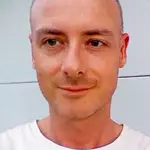Though Sebastián Marroquín grew up as Pablo Escobar's son Juan Pablo Escobar, he later moved to Argentina and distanced himself from his infamous father.

YouTubePablo Escobar and his son Juan Pablo Escobar, now known as Sebastián Marroquín.
When Pablo Escobar was killed in 1993, his son Juan Pablo Escobar publicly vowed revenge against those responsible. It appeared the 16-year-old heir to the King of Cocaine’s drug trafficking empire was going to follow in his father’s footsteps. But when the shock and anger of his father’s death abated, he chose a different path.
Since then Juan Pablo Escobar, now known as Sebastián Marroquín, has provided a unique perspective on his father through the 2009 documentary Sins of My Father and his book, Pablo Escobar: My Father. They are both unvarnished accounts that present the contradictions inherent in his father’s life as a family man and ruthless drug kingpin. It also details how his father’s violent path propelled him on a journey to atone for his father’s sins — a journey that was far from easy.
The Early Life Of Juan Pablo Escobar Before He Became Sebastián Marroquín
Juan Pablo Escobar was born in 1977 into a life of wealth and privilege growing up on Escobar’s luxurious estate, Hacienda Napoles. He had everything a child could want including swimming pools, go-karts, a zoo full of exotic wildlife, a mechanical bull, and servants to take care of every need. It was a lifestyle, not only bought and paid for by bloodshed, but one separated from the reality of how his father earned his fortune.

YouTubePablo Escobar and his son, Juan Pablo Escobar (Sebastián Marroquín) in Washington, D.C.
Escobar spoiled his son. “He was a loving father,” recalls Marroquin. “It would be easy to try and fit in and say he was a bad man, but he wasn’t.”
In May of 1981, Escobar and his family managed to slip into the United States for a holiday. He was not yet known as a criminal in the U.S. and traveled unnoticed under his own name. The family went to various places including Washington D.C. and Florida’s Disney World, where Marroquin remembers his father enjoying the park like a child. “Our family life hadn’t yet become encumbered by complications. That was the only period of pure pleasure and lavishness that my father enjoyed.”
Coming To Terms With Being Pablo Escobar’s Son
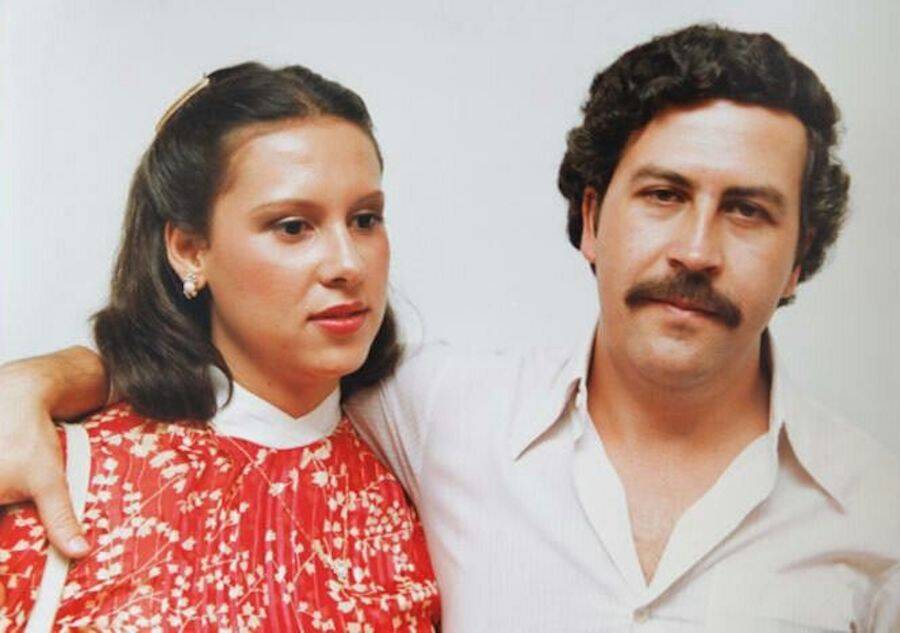
YouTube Pablo Escobar and his wife Maria Victoria Henao, the mother of Sebastián Marroquín.
But in August of 1984, the reality of his father’s business hit home. Escobar’s face appeared all over the news as the mastermind behind the assassination of Rodrigo Lara Bonilla, Colombia’s Minister of Justice, who was the first politician to challenge Escobar.
The heat was on Escobar. His wife, Maria Victoria Henao, had given birth to his daughter Manuela only months before in May, and now the young family was forced to flee to Panama and then later to Nicaragua. Life on the run had an adverse effect on the seven-year-old Juan Pablo Escobar. “My life was the life of a criminal. I was suffering the same as if I had ordered all those murders by myself.”
Escobar realized there was a real threat of extradition from a foreign country. So the family returned to Colombia.
Back in Colombia, Sebastián Marroquín received an education into his father’s drug business. At age eight, Escobar laid out all the different types of drugs on a table and explained to his young son what effects each had on the user. At nine, Marroquin got a tour of his father’s cocaine factories. Both of these actions were to convince Marroquin to stay out of the drug trade.
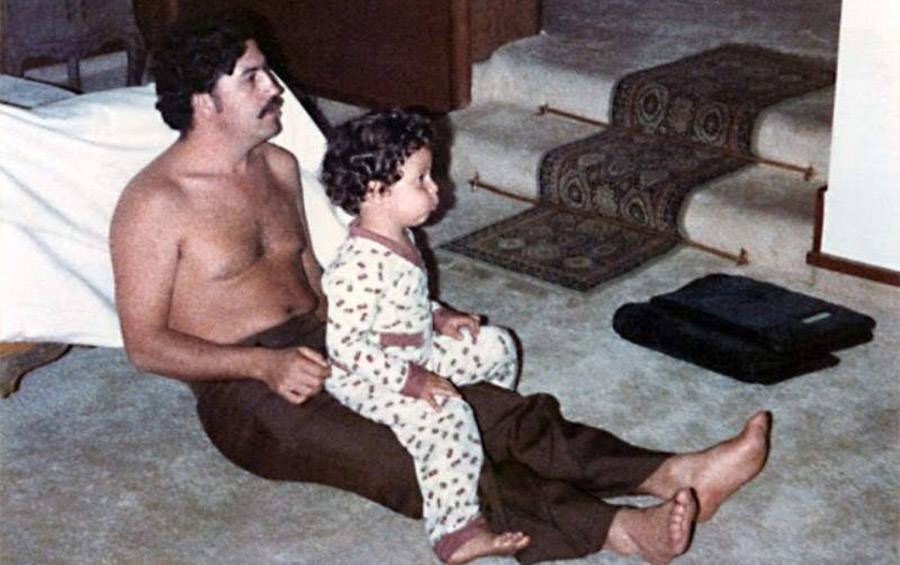
YouTubePablo Escobar and his son Juan Pablo Escobar (Sebastián Marroquín) relaxing at home.
Despite the warnings, the violence of Escobar’s business came to his family’s doorstep. In 1988, war broke out between the Medellin and Cali cartels when a car bomb exploded in front of Escobar’s residence.
Another war was brewing with the presidential candidate, Luis Carlos Galan, who was a member of the Liberal Party with Bonilla. Galan wanted to enforce extradition of drug traffickers to the United States. So, in 1989 Escobar had him assassinated just like Bonilla before him.
The assassination of Galan and Bonilla left a lasting impression on Marroquin, something he would seek to make amends for as an adult.
Now a teenager, Marroquin expressed “disapproval of any form of violence [by Escobar] and rejected his actions. Maybe this was why he dedicated his surrendering to justice to his 14-year-old pacifist son.
The Colombian government wanted Escobar to serve five years in prison. Escobar agreed on two conditions. First, that he designed the prison himself and second, that the government banned extradition of Colombian nationals to the U.S. With these conditions met, Escobar lived a luxurious existence in his prison La Catedral.
Inside La Catedral, he ran his drug empire as if he was a free man. He even had protective measures put in place to keep enemies out.
Marroquin recalls visiting the prison after the Cali Cartel made threats to bomb it. Escobar had an architect draw up futuristic “anti-bombing designs” and considered having anti-aircraft guns installed for defense. La Catedral was never attacked, but the prison was really Escobar’s castle.
When Escobar had men tortured and murdered in La Catedral, it was too much for the Colombian President Cesar Gaviria. He ordered Escobar be moved to a standard prison. But Escobar refused, and in July of 1992, he escaped after just 13 months imprisonment.
Marroquin could see La Catedral from his house, and when the lights went out, he knew his father had escaped.
Juan Pablo Escobar’s Life On The Run

YouTubePablo Escobar, far right, sits with a group of his close Medellin “family” members.
President Gaviria sent hundreds of troops after Escobar. Soon, Los Pepes, a vigilante group comprised of members of the Cali Cartel, disaffected Medellin drug dealers, and security forces, were after him too. The manhunt soon devolved into a dirty war.
Los Pepes destroyed Escobar’s properties and went after his family. “Our daily life changed drastically,” remembers Marroquin. “For all of us. Fear took over and the only goal we had was just to stay alive.”
There was a real danger of execution by Escobar’s enemies. So, Sebastián Marroquín escaped Colombia by helicopter with his mother and sister. But it was brief.
Refuge in the U.S. was denied. The same happened in Germany in November of 1993. The Colombian authorities had contacted both countries to prevent the family’s escape and as a result, they had no choice but to return to Colombia.
If there was one thing Escobar was afraid of, it was that his family would be hurt. Los Pepes had proven just as violent as he was, and the Colombian government used his family as bait to draw him out of hiding.
With danger mounting, the Colombian government assigned Escobar’s wife and children security and put them up in the Residencias Tequendama hotel in Bogota that was owned by the Colombian National Police.
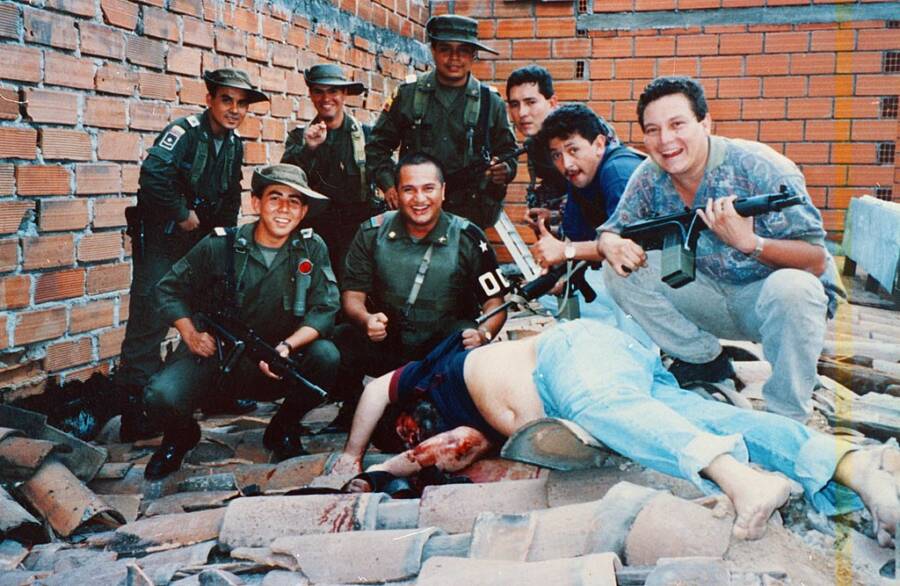
Wikimedia CommonsOfficers post next to Pablo Escobar’s body just after shooting him dead on December 2, 1993.
The ploy to flush Escobar out of hiding worked. On Dec. 2, 1993, Pablo Escobar was shot dead on a rooftop in Medellin. At least this was the official version.
Marroquin claims his father committed suicide. Ten minutes before his death, Escobar was talking with his son on the telephone. Marroquin said his father “broke his own rule” by staying on the telephone too long, which allowed authorities to trace the location of the call.
Then, on the rooftop, Marroquin believes the DEA shot his father in the leg and shoulder before Escobar turned the gun on himself.
According to Sebastián Marroquín, the official autopsy was falsified by the coroners to make the Colombian forces look like heroes. “It’s not a theory,” Juan Pablo Escobar insists. “Forensic investigators who performed the autopsy told us it was suicide but that they were threatened by the authorities not to disclose the truth in their final report.”
Problems were just beginning as Marroquin’s family needed money. Two weeks after Escobar’s death, Marroquin approached his uncle, Roberto Escobar, who was recovering in hospital from an assassination attempt.
But the money set aside by Escobar for Marroquin and his family was gone. Roberto and paternal family members had spent it. This betrayal extended beyond money as Marroquin claims that Roberto colluded with the DEA to locate his father.
Marroquin also visited his father’s enemies. They told him that if he wanted to keep himself and his family alive, he was to leave Colombia and never enter the drug business. Marroquin loved Colombia, but he did not want anything to do with the drug business.
A New Life As Sebastián Marroquín
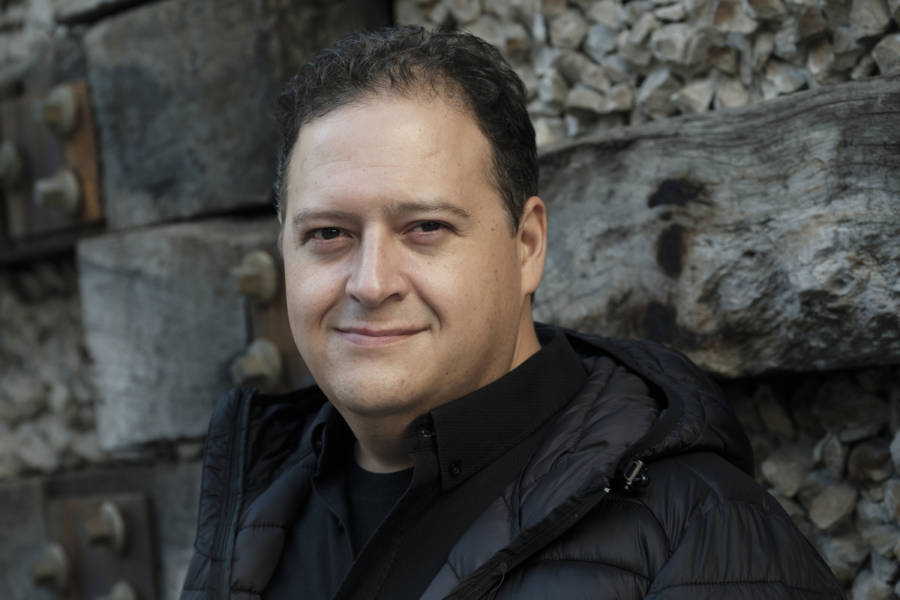
Oscar Gonzalez/NurPhoto/Getty ImagesJuan Pablo Escobar (Sebastián Marroquín) today.
In the summer of 1994, Juan Pablo Escobar, his mother, and sister started a new life with new identities in Buenos Aires. Marroquin studied industrial design, while his mother became a real estate developer.
But their past soon caught up with them when his mother’s accountant discovered who they really were in 1999. The accountant tried to extort them, but Marroquin and his mother called his bluff and reported him to local authorities. In 2001, the story hit the news which exposed Marroquin’s true identity.
The press hounded Marroquin for interviews. It was only when Argentine filmmaker Nicholas Entel approached him about making a documentary on his life and how he came to terms with his father’s violent business that he agreed to speak publicly. A significant part of the documentary Sins of My Father is Sebastián Marroquín’s meetings with the children of assassinated Colombian politicians, Rodrigo Lara Restrepo and Luis Carlos Galan.
The sons of Bonilla and Galan have followed their father’s footsteps into Colombian politics. They recall receiving a heartfelt letter from Marroquin asking for forgiveness.
“It was a letter that really moved us,” Juan Manuel Galan said. “We felt it was truly sincere, frank and transparent, and that this was a person who was honestly saying how he felt.”
Initially, Bonilla’s son Lara Restrepo flew to Argentina to meet with Marroquin. Then Marroquin flew to Bogota in September of 2008 to meet with the sons of both Bonilla and Galan in a hotel room.
There was a tense atmosphere to begin with, but both families do not blame Marroquin for his father’s actions.
Carlos Galan told Sebastián Marroquín. “You, too, were a victim.” A sentiment that is shared by the others.
According to Lara Restrepo, Marroquin’s steps for reconciliation has sent a larger message to Colombians about the “need to break the country’s cycle of violence.”
Marroquin reiterates this. “Nothing is more important than peace. I think it is worth it to really risk our lives and everything we have so that peace really happens in Colombia someday.”
Sebastián Marroquín has certainly led by example. If the son of Pablo Escobar can reject life as a drug dealer and choose a different path, then so can others. With the past of Juan Pablo Escobar behind him, he currently lives in Buenos Aires with his wife and son and works as an architect.
Now that you know about Pablo Escobar’s son, Juan Pablo Escobar, learn about Maria Victoria Henao, Pablo Escobar’s wife. Then, take a look at these rare photos of Pablo Escobar that take you inside the life of the kingpin. Finally, read up on Escobar’s partner, Gustavo Gaviria.

